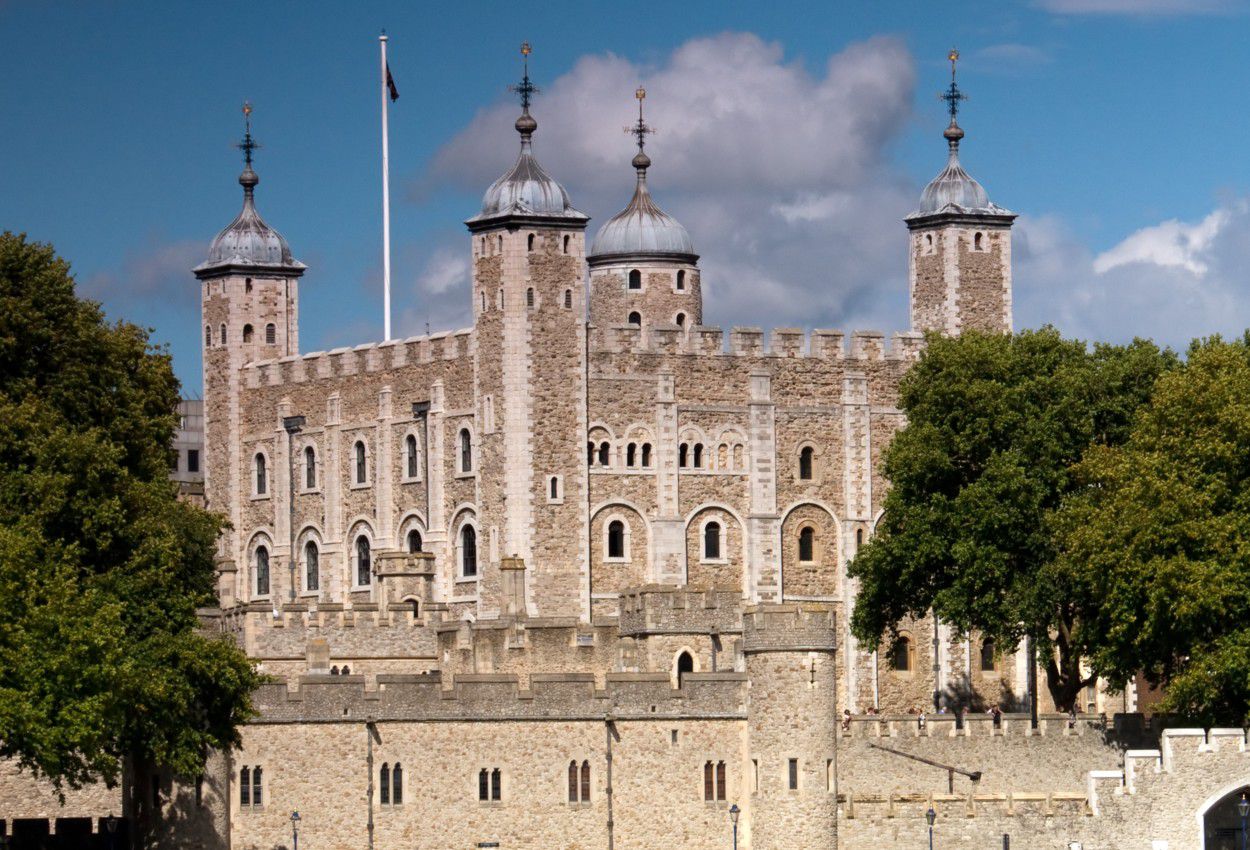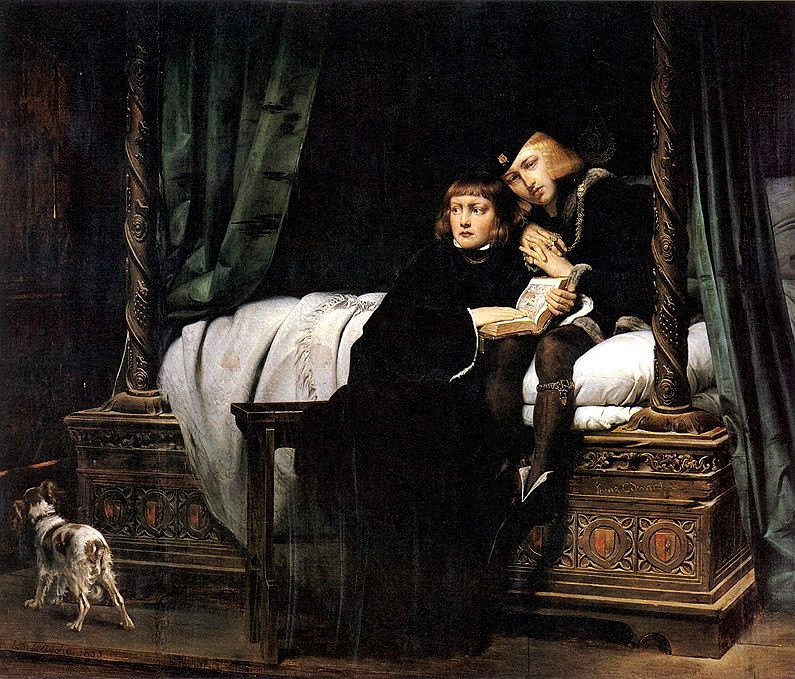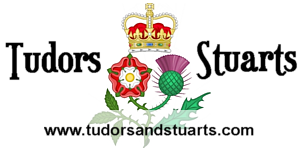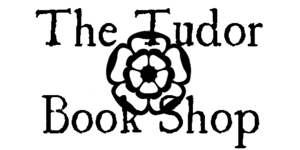
Tower of London
Wiki Commons
ROYAL PALACES OF
QUEEN ELIZABETH I
TOWER OF LONDON
Founded by William The Conqueror after the Norman Conquest of 1066, The Tower Of London is the oldest fortress and palace in Europe. By Tudor times it had been significantly extended, and although it was officially a royal residence, it was mainly used as a prison. During the Wars of the Roses, King Richard III famously imprisoned his young nephews in the Tower of London, King Edward V and Prince Richard, and King Henry VIII imprisoned several statesmen there aswell as two wives. Queen Elizabeth herself was a prisoner at the Tower during the reign of her half-sister, Queen Mary I, and was fortunate to survive. Her mother, Anne Boleyn, was executed at the Tower, when Elizabeth was only two years of age, and was buried in an unmarked grave in the Tower's Chapel of St Peter ad Vincula.

Princes in the Tower
Wiki Commons
By Queen Elizabeth's reign, the Tower had gained a sinister reputation and was considered a place of dread. Aswell as being a prison it was also a place of torture.
Queen Elizabeth never held court there, but did stay at the Tower the night before her coronation, as was customary.
During the Queen's reign a number of Catholic priests were imprisoned in the Tower, most famously Father John Gerard, who made a dramatic escape in 1597, and several nobles,
including Thomas Howard, 4th Duke of Norfolk, who was executed at the Tower in 1572, and Robert Devereux, Earl of Essex, who was beheaded there in 1601.
The Tower Of London remains a royal palace today and houses the crown jewels. It is open to the public and is one of London's most popular tourist attractions.













